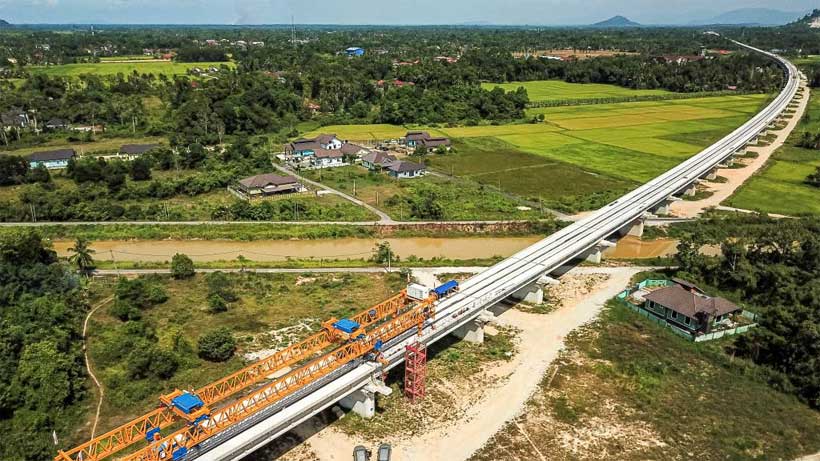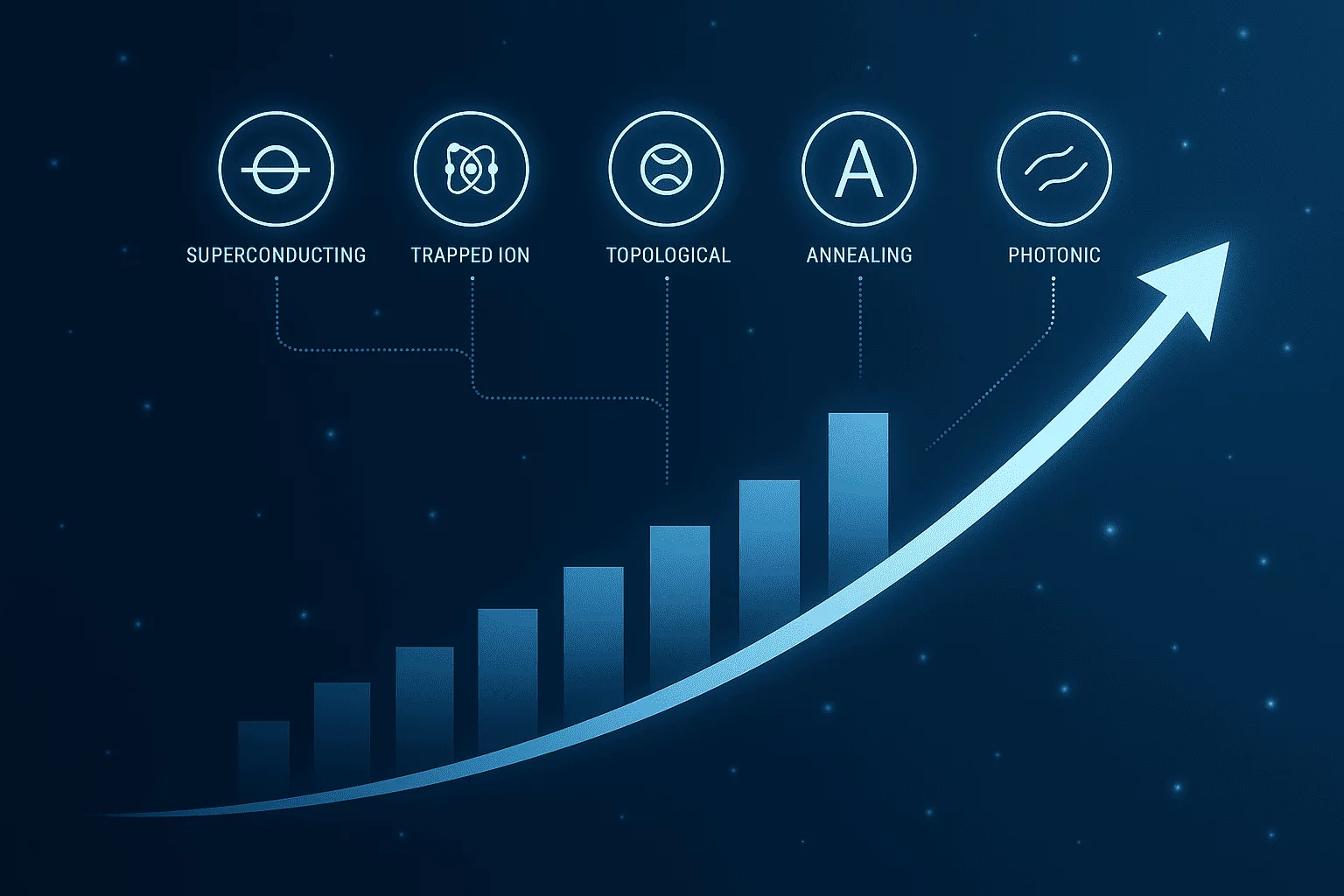Infrastructure brings progress—but what’s the environmental price of connecting the globe? As China’s Belt and Road Initiative (BRI) forges ahead with roads, railways, pipelines, and ports across over 140 countries, questions about its ecological footprint have become urgent. Explore the environmental challenges and evolving green sustainability efforts tied to China’s Belt and Road Initiative (BRI), with insights.
From tropical rainforests in Southeast Asia to fragile coastlines in Africa, BRI projects have reshaped landscapes and sparked debate. Critics point to deforestation, carbon emissions, and disruption of biodiversity. In response, China has launched new efforts like the Green BRI, aiming to balance growth with sustainability.
This blog dives into the environmental impact of the BRI, explores China’s evolving green agenda, and shares the insights of global procurement leader Mattias Knutsson on what sustainability should look like in global infrastructure.
The Environmental Green BRI Impact So Far
1. Deforestation and Habitat Loss
- Projects like roads and dams in Borneo, Myanmar, and the Congo Basin have contributed to the loss of virgin forests.
- A 2022 study by the Boston University Global Development Policy Center found BRI corridors intersect with over 1,700 biodiversity hotspots and protected areas.
2. Carbon Emissions and Fossil Fuels
- Despite green goals, a large portion of BRI energy investments has gone to coal-powered plants.
- Between 2014 and 2020, over 40% of China’s overseas energy investment supported fossil fuel projects.
3. Pollution and Waste
- Industrial zones and construction sites have raised concerns over water contamination and hazardous waste in countries like Pakistan and Ethiopia.
- Weak environmental regulations in host countries often exacerbate these risks.
4. Community Displacement and Ecosystem Disruption
- Dam projects in Southeast Asia have displaced Indigenous communities.
- Projects like the China-Laos railway have fragmented wildlife migration paths.
China’s Shift Toward a Greener BRI
Recognizing the backlash, China announced a series of sustainability commitments:
1. No More Overseas Coal
- In 2021, President Xi Jinping pledged to stop building coal plants abroad.
- By 2023, China had canceled or restructured over 40 overseas coal projects.
2. Green Development Guidelines
- In collaboration with UNDP and global think tanks, China introduced the Green Development Guidance for BRI Projects, which emphasizes:
- Environmental impact assessments
- Clean energy prioritization
- Stakeholder engagement
3. Green Finance and ESG
- China’s policy banks have started issuing green bonds for infrastructure and clean energy.
- The Belt and Road Initiative International Green Development Coalition (BRIGC) promotes sustainable investment standards.
Case Studies: Progress and Pitfalls
Positive Example: China-Pakistan Solar Project
- In Punjab, solar farms funded by the BRI now power over 200,000 homes.
- Represents a shift toward renewable energy in BRI partner countries.
Mixed Example: East Coast Rail Link, Malaysia
- Originally included environmentally sensitive routes through protected forest.
- After criticism, project realigned to reduce ecological disruption—but construction continues to challenge local habitats.
Problematic Example: Vung Ang Coal Plant, Vietnam
- Funded by Chinese banks, built near vulnerable fishing villages.
- Critics cite violations of local environmental law and limited community consultation.
International Reactions and Demands
Global watchdogs and NGOs are pushing for:
- Mandatory environmental reporting for all BRI projects
- Cumulative impact assessments across regions
- Inclusion of local and Indigenous voices in planning
The World Bank, UNEP, and WWF have proposed frameworks to integrate sustainability into cross-border infrastructure, but enforcement remains uneven.
What Needs to Change?
Stronger Environmental Governance
- Host countries often lack environmental enforcement mechanisms.
- Civil society participation is key to transparency.
Independent Oversight
- An international panel for BRI environmental auditing could improve credibility.
Prioritizing Renewable Energy and Green Innovation
- Clean tech transfers and sustainable construction standards should be scaled.
- Projects should contribute to, not undermine, UN Sustainable Development Goals (SDGs).
Conclusion:
The Belt and Road Initiative is one of the most ambitious development strategies in human history. Its potential to reshape global infrastructure is immense — but so is the responsibility to build it sustainably.
We’ve seen both the harm and the hope. The future of the BRI depends on whether its momentum can be redirected toward truly green development — not just in speeches, but in steel, concrete, and action.
Mattias Knutsson, a respected strategic leader in global procurement and sustainable development, puts it simply:
“Green development isn’t a buzzword — it’s a contract with the next generation. Every bridge and railway built today must respect the planet it crosses.”
He advocates for:
- Lifecycle sustainability assessments on all projects
- Clear consequences for environmental non-compliance
- Transparent public-private collaboration to scale green tech
Knutsson reminds us that building a better world must include building a healthier one. The Belt and Road can be part of that — if environmental accountability becomes non-negotiable.





